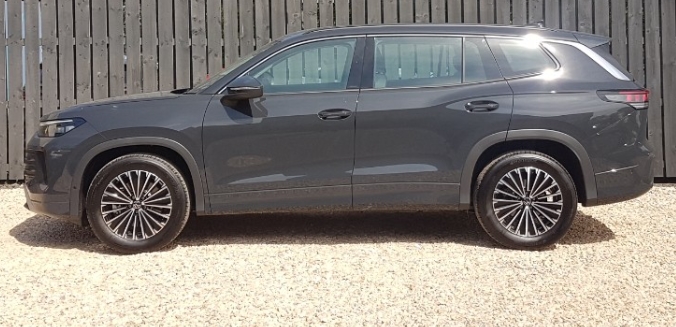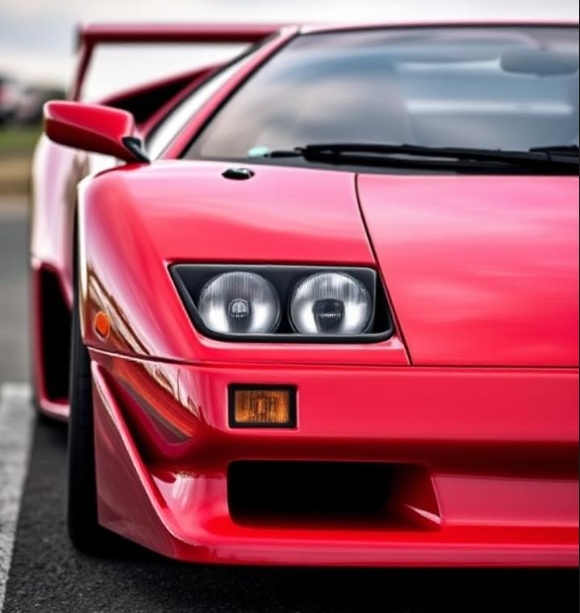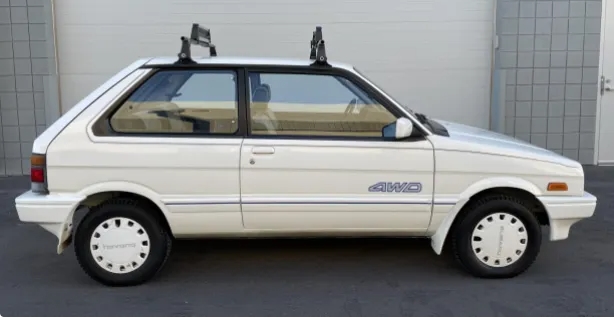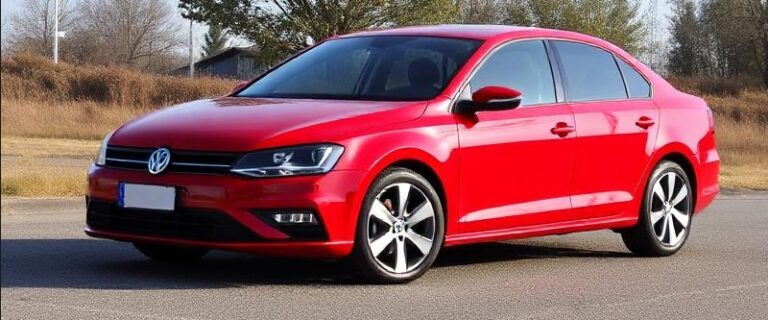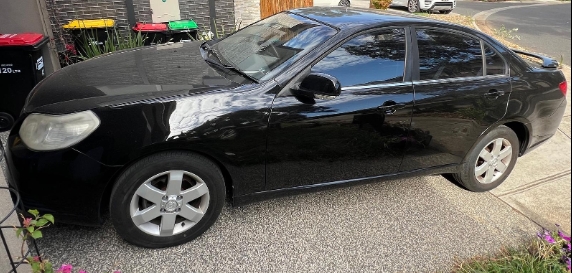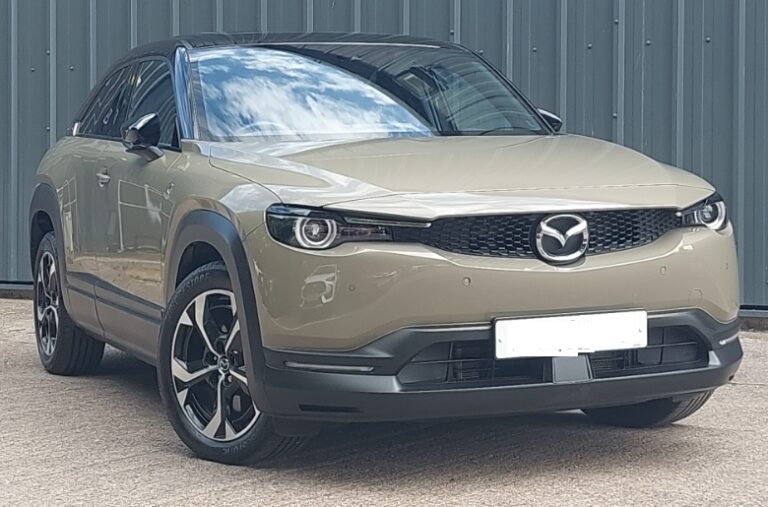The Global Ascent: Charting the Evolution of the Volkswagen Tayron
In the vast and ever-shifting landscape of the global automotive industry, few stories better encapsulate the strategic evolution of a major manufacturer than that of the Volkswagen Tayron. What began as a regionally-focused SUV, tailored specifically for the world’s largest car market, has methodically transformed into a cornerstone of Volkswagen’s global product strategy. Its journey from a Chinese market exclusive to the designated successor of the long-wheelbase Tiguan is a masterclass in platform flexibility, market adaptation, and brand consolidation. This is the story of the Volkswagen Tayron—an evolution from a targeted solution to a worldwide contender.
Part I: The Genesis (First Generation, 2018-2024)
The late 2010s marked a period of intense focus for Volkswagen in China. The market was not only massive but also increasingly sophisticated, with a soaring demand for SUVs of all shapes and sizes. To properly capitalize on this trend, Volkswagen, through its joint venture with FAW Group (FAW-Volkswagen), embarked on an aggressive “SUV offensive.” The goal was to plug every conceivable gap in their lineup. While the locally-produced Tiguan L (equivalent to the global Tiguan Allspace) was a success, there was clear space for a model that was stylistically distinct, slightly more upscale, and positioned squarely between the Tiguan L and the larger Teramont.
This strategic opening gave birth to the Tayron. Unveiled in 2018 and built on the versatile MQB A2 platform, the first-generation Tayron was a handsome, muscular five-seat SUV designed to appeal to the modern Chinese family. Its design was sharper and more assertive than the somewhat conservative Tiguan, featuring a wide grille that integrated seamlessly with the LED headlights, strong character lines along its flanks, and a robust overall stance.
Production commenced in late 2018 for the 2019 model year. From its inception, the Tayron was offered with a familiar yet effective range of powertrains, all paired with Volkswagen’s trusted 7-speed DSG (Direct-Shift Gearbox) dual-clutch transmission.
Models and Trim Levels (2018-2022):
Volkswagen’s trim nomenclature in China uses numbers that denote a torque class rather than engine displacement, a system that can be unfamiliar to Western audiences.
- 280 TSI: This entry-level model was powered by a 1.4-litre turbocharged four-cylinder petrol engine (EA211), producing approximately 150 horsepower and 250 Nm of torque. It was exclusively front-wheel drive. Trim levels typically included Comfort and Luxury, offering a solid baseline of features like a touchscreen infotainment system, automatic climate control, and essential safety systems.
- 330 TSI: The volume seller, this model featured a 2.0-litre turbocharged four-cylinder petrol engine (EA888) in a lower state of tune. It produced around 186 horsepower and 320 Nm of torque. This powertrain offered a significant step up in performance and was available in both front-wheel drive and with Volkswagen’s 4MOTION all-wheel-drive system. Trim levels expanded to include Luxury, R-Line, and Premium. The R-Line trim was particularly popular, adding aggressive exterior bumpers, larger alloy wheels, a sportier interior with a flat-bottomed steering wheel, and R-Line badging.
- 380 TSI: This was the top-tier performance model, equipped with a high-output version of the 2.0-litre TSI engine, delivering a potent 220 horsepower and 350 Nm of torque. The 380 TSI was exclusively paired with the 4MOTION all-wheel-drive system. It was typically available in the highest trim levels, such as R-Line and Flagship (or Ultimate), which came fully loaded with features like a panoramic sunroof, premium audio system, a full suite of driver-assistance technologies (IQ.Drive), and leather upholstery.
.
THIS is GOOD stuff if your car is in need:

.
Part II: Diversification and Electrification (2020-2022)
Having established the standard Tayron as a strong seller, FAW-Volkswagen moved to broaden its appeal by introducing two significant variants in 2020. This expansion showcased the flexibility of the MQB platform and the brand’s responsiveness to emerging market trends.
1. The Tayron X (Launched 2020)
Capitalizing on the burgeoning popularity of the “SUV-coupe” body style, the Tayron X was introduced as a more stylish, dynamic sibling. Its defining feature was a dramatically sloping roofline that culminated in a sleek, fastback-style rear end, giving it a sportier and more exclusive profile. To compensate for the reduced rear headroom inherent in the design, the Tayron X was slightly longer than the standard model. It was positioned as a premium, niche offering and was predominantly sold with the more powerful 330 TSI and 380 TSI powertrains, often bundled with the sporty R-Line package as standard. The Tayron X was a direct answer to competitors entering the stylish sub-segment and appealed to buyers prioritizing form over ultimate function.
2. The Tayron GTE (Launched 2020)
Simultaneously, Volkswagen addressed the critical push towards New Energy Vehicles (NEVs) in China with the launch of the Tayron GTE. This plug-in hybrid (PHEV) model was crucial for meeting stringent local emissions regulations and appealing to eco-conscious consumers who could also benefit from government incentives.
The Tayron GTE’s powertrain combined the efficient 1.4-litre TSI engine with an electric motor, producing a combined system output of around 211 horsepower. A lithium-ion battery pack allowed for an electric-only range of over 50 kilometers (NEDC), making it ideal for daily urban commuting. Visually, the GTE was distinguished by VW’s signature PHEV design cues: a unique front bumper with C-shaped LED daytime running lights, blue GTE badging, and a discreetly integrated charging port in the front grille.
Part III: The Mid-Cycle Refresh (2022-2024)
To keep the Tayron family fresh and competitive, FAW-Volkswagen introduced a comprehensive mid-cycle facelift for the 2023 model year. This update was more than just a cosmetic touch-up; it brought the Tayron’s technology and design in line with Volkswagen’s latest global design language.
Key Updates of the Facelift:
- Exterior: The front fascia was significantly revised, incorporating Volkswagen’s IQ.Light matrix LED headlights and an illuminated light bar running across the grille—a signature feature of modern VWs. The bumpers were restyled for a cleaner look, and the rear featured new, more intricate LED taillights connected by a full-width light strip.
- Interior: The cabin received a major technological overhaul. The integrated infotainment screen was replaced with a larger, “floating” 12-inch touchscreen. The traditional instrument cluster was updated to the latest generation of the Digital Cockpit Pro, and the physical climate control buttons were replaced with a touch-sensitive slider interface. This modernization dramatically elevated the cabin’s premium feel.
- Powertrain: The venerable 1.4 TSI engine in the 280 TSI model was phased out in favor of Volkswagen’s newer, more efficient 1.5-litre TSI Evo engine, offering similar power with improved fuel economy.
The facelifted Tayron, Tayron X, and Tayron GTE continued to be offered with a similar trim structure, but with enhanced standard equipment across the board, ensuring the model remained a compelling choice in a fiercely competitive market.
Part IV: The Global Leap (Second Generation, 2024 Onwards)
The most significant chapter in the Tayron’s story began to unfold in 2023, as Volkswagen officially confirmed its global ambitions for the nameplate. The brand announced that the upcoming second-generation Tayron would be a global model, engineered to replace the seven-seat Tiguan Allspace (and its various regional namesakes like the Tiguan L in China).
This strategic move serves two purposes: it streamlines Volkswagen’s complex global SUV naming conventions and elevates the Tayron from a regional success to a pillar of its worldwide lineup.
Set to be built in key factories including Wolfsburg, Germany, and Puebla, Mexico, the new Tayron is based on the advanced MQB Evo platform. This updated architecture underpins the latest generation of Volkswagen Group vehicles, like the new Tiguan and Passat, and brings a host of improvements:
- Advanced Technology: The MQB Evo platform enables the integration of cutting-edge features, including the new DCC Pro adaptive chassis control for superior ride and handling, as well as the latest suite of IQ.Drive assistance systems.
- Modern Interior Concept: The interior follows the blueprint of the new Tiguan, dominated by a large central infotainment screen (up to 15 inches), a minimalist dashboard, a column-mounted gear selector to free up console space, and the return of some physical buttons on the steering wheel in response to customer feedback.
- Powertrain Flexibility: The platform is designed to accommodate a diverse range of powertrains to suit different global markets.
Expected Global Models and Trim Levels (2025 Model Year Onwards):
The global Tayron will launch with Volkswagen’s latest powertrain portfolio:
- 1.5 eTSI: A 1.5-litre petrol engine with 48V mild-hybrid technology for enhanced efficiency and smooth stop-start operation.
- 2.0 TSI: The proven 2.0-litre turbocharged petrol engine in various outputs, available with 4MOTION all-wheel drive.
- 2.0 TDI: A new generation of clean diesel engines, crucial for the European market.
- eHybrid (PHEV): A next-generation plug-in hybrid system, pairing a 1.5 TSI engine with a larger battery, promising an all-electric range of around 100 kilometers (WLTP) and supporting DC fast charging—a significant upgrade over the first-gen GTE.
The trim structure is expected to follow Volkswagen’s modern global standard:
- Life: A well-equipped entry-level trim with a high level of standard features.
- Elegance: A luxury-focused trim emphasizing comfort, chrome accents, and premium interior appointments.
- R-Line: The sporty variant with aggressive styling, larger wheels, and sport-tuned suspension and interior details.
Conclusion: A Legacy Redefined
The Volkswagen Tayron’s evolution is a compelling narrative of strategic foresight. In just a few short years, it has transformed from a purpose-built SUV for a single, albeit crucial, market into a globally recognized nameplate destined for showrooms from Berlin to Boston. Its story reflects the core principles of modern automotive manufacturing: the power of a flexible modular platform, the importance of adapting to regional tastes and regulations, and the ultimate pursuit of a cohesive, streamlined global brand identity. As the second-generation Tayron rolls out across the world, it carries more than just passengers; it carries the legacy of a successful strategy, proving that a regional star can indeed rise to illuminate the global stage.
